This tour focuses on objects and individuals from the 17th to the 21st century, revealing a wide variety of identities, genders and sexualities along the way. Below you will find a list of the stories and objects you will explore along the way.
1. Clarke Square
Our tour begins with the Barracks itself, which was commissioned in 1703 by Queen Anne. The monarch exemplifies how privilege in the 18th century enabled some to live outside the social norms, in contrast to the soldiers in the Barracks whose lives were tightly controlled, or those living in poverty beyond its walls.
Image: 7th Battalion Royal Dublin Fusilliers
2. Gauntlets belonging to King William III, Curators Choice, Gallery 1
These beautiful gauntlets originally belonged to King William III and were given as a gift to Sir John Dillon of Lismullan House on the night following the Battle of the Boyne in 1690. These gauntlets survived intact over the centuries to connect with another extraordinary story - one of courage and resilience, as we discuss one of the most important figures in Irish trans history, Michael Dillon.
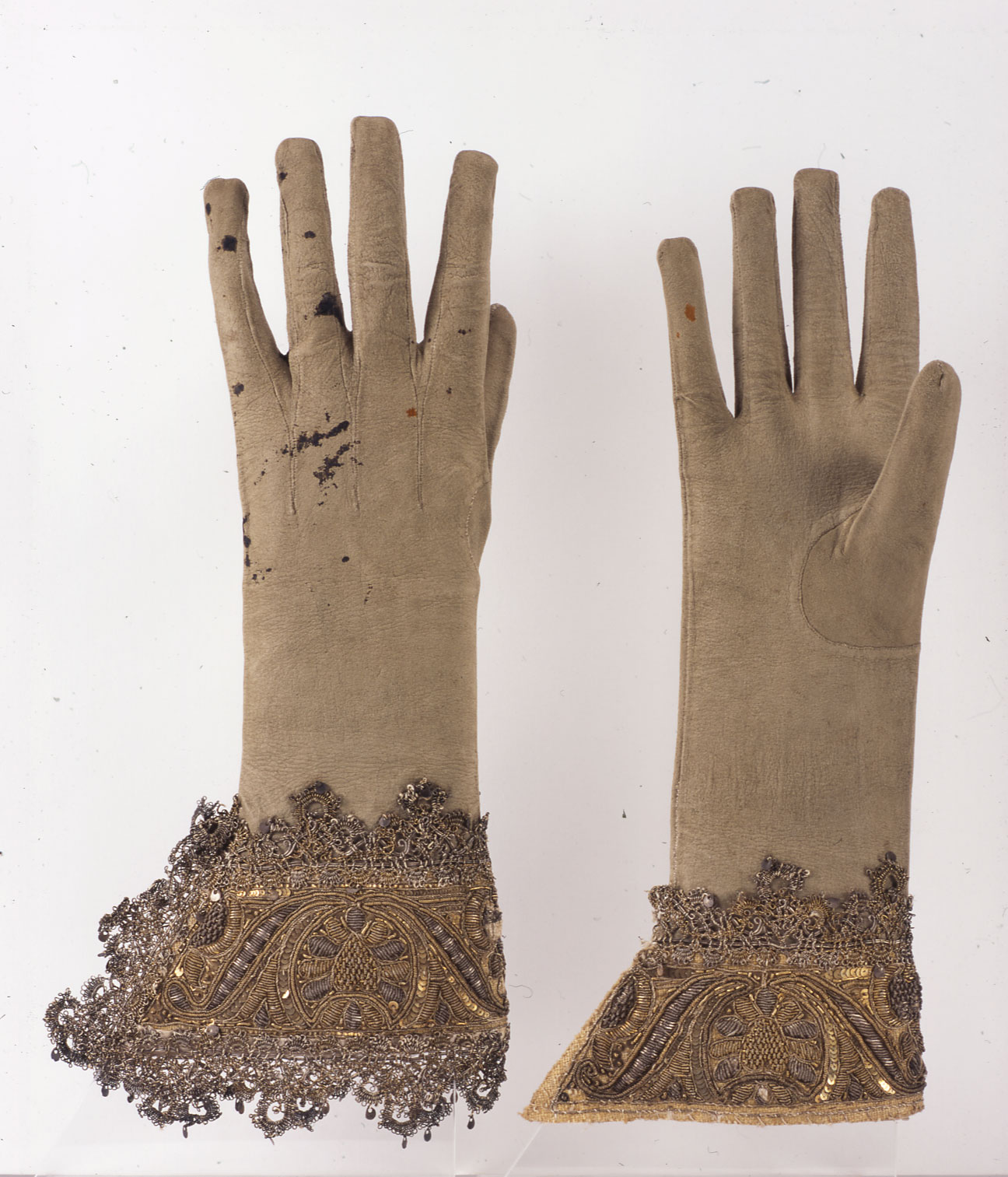
Image: Gauntlets belonging to King William III
3. Louis Le Brocquy Cú Chulainn Illustration, GAA: People, Object, Stories, Gallery 10
This illustration by Louis Le Brocquy depicts the legendary figure of Cú Chulainn playing hurling. Interpretations of the life of Cú Chulainn raise questions around masculinity and gender, while challenging traditional interpretations of Irish heroism.
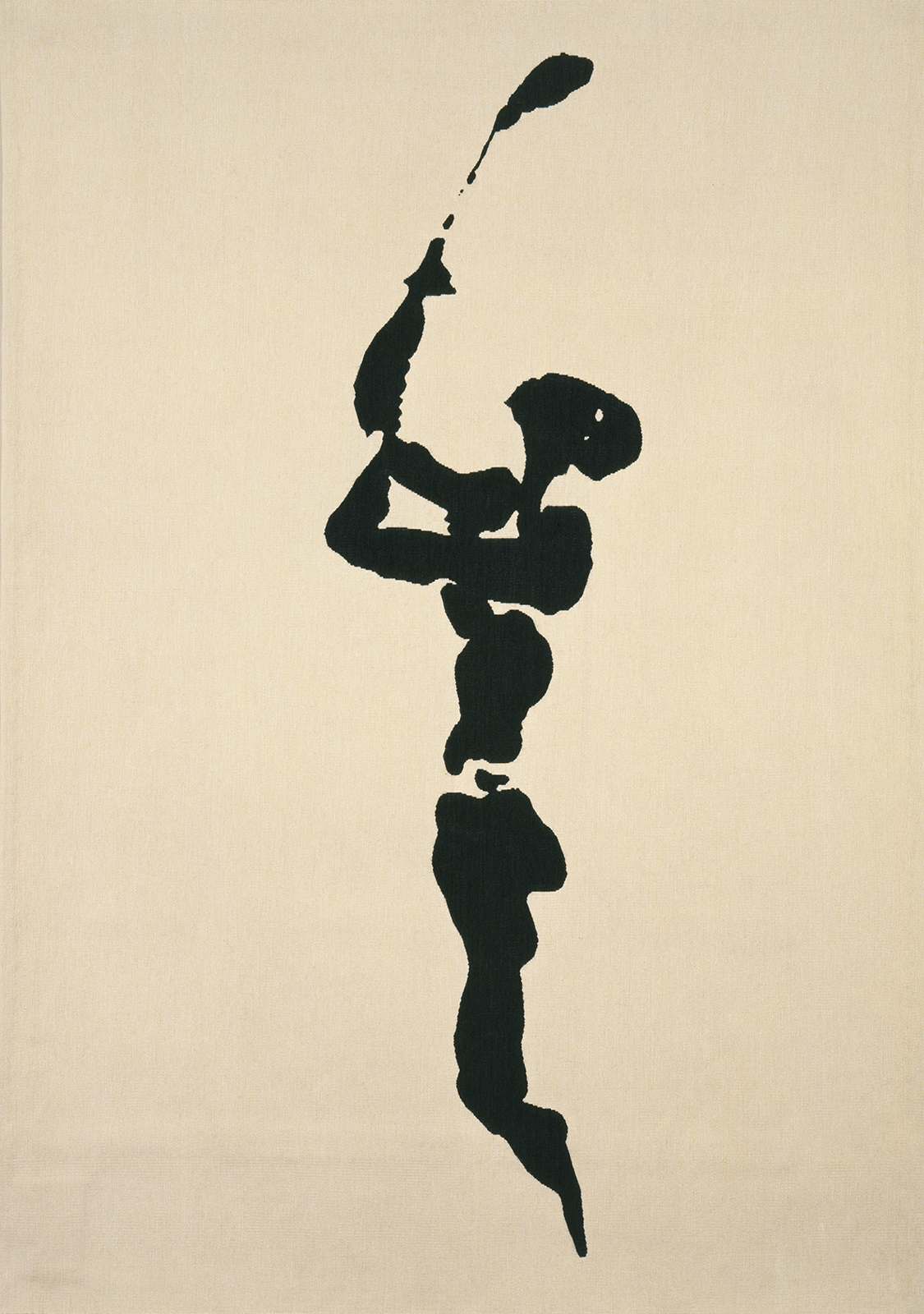
Image: Louis Le Brocquy Cú Chulainn Illustration
4. Eileen Gray’s Non-Conformist Chair, Eileen Gray 1878 - 1976, Gallery 11
Born in Enniscorthy in 1878, before moving to Paris, Eileen Gray was one of Ireland’s most renowned designers. Her designs, like this chair, celebrate bodily freedom, and has been adopted by some in the LGBTQIA+ community as a symbol of identity.
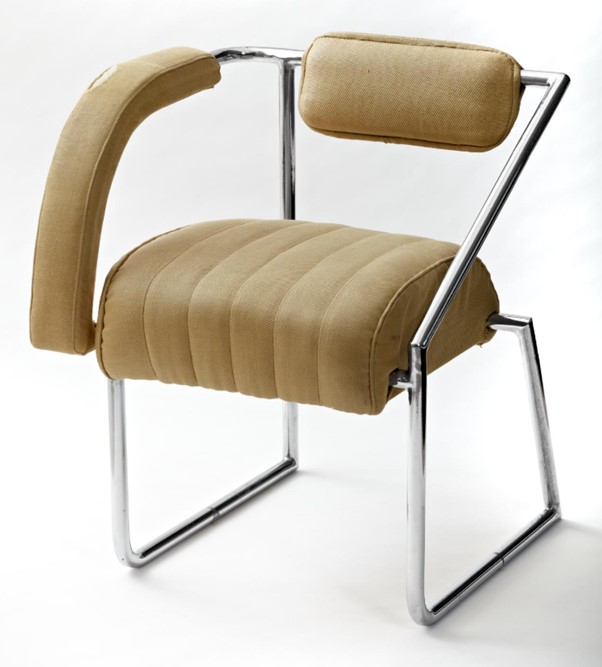
Image: Eileen Gray's Non Conformist Chair
5. Stokes Tapestry, Soldiers and Chiefs, Gallery 15
This tapestry, created over fifteen years by soldier Stephen Stokes, depicts life in the military, as well as the Dublin Metropolitan Police. We explore gender norms and same-sex relationships in an army Barracks, and compare how sexually transmitted diseases and those affected were treated in the 1800s with how we have dealt with similar health crises, such as AIDS, in the late 20th and early 21st centuries.
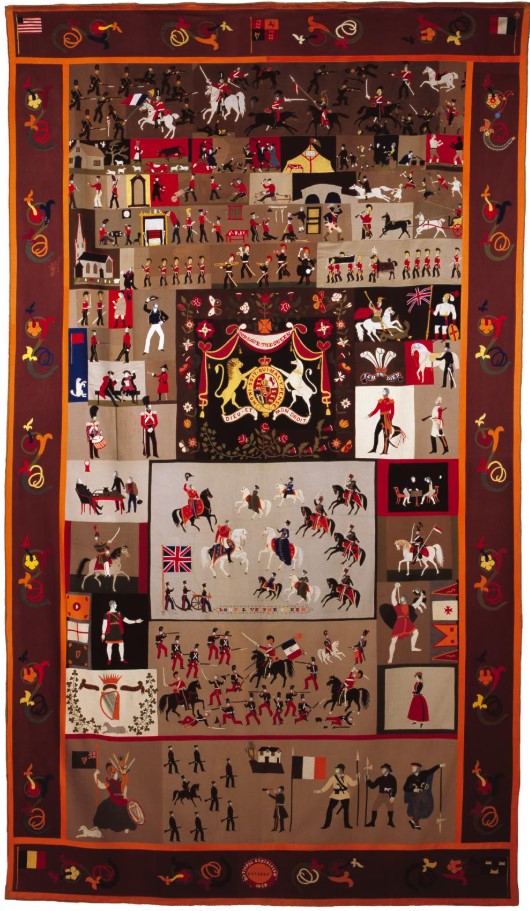
Image: Stokes Tapestry, made by British soldier Stephen Stokes
6. The Revolutionary Period, Soldiers and Chiefs, Gallery 19
The 1916 Easter Rising was a seismic moment in Ireland’s campaign for independence. On our tour, we explore the lives and stories of some of the individuals who played key roles in this conflict, including Roger Casement, Elizabeth O’Farrell, Dr. Kathleen Lynn and Pádraig Pearse.
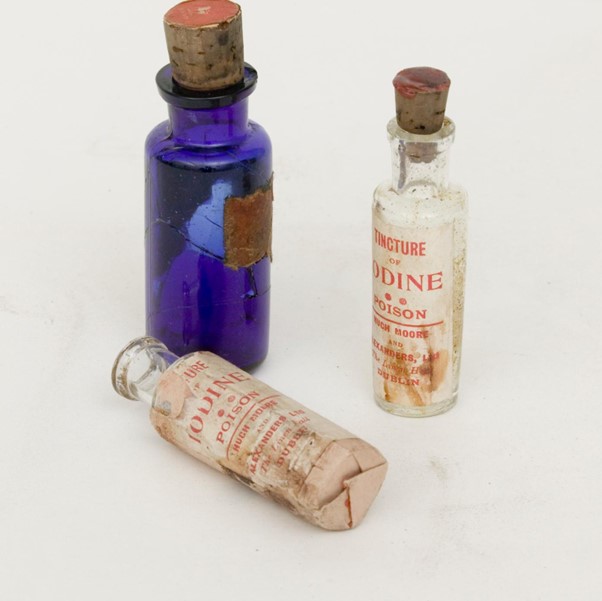
Image Caption: Iodine bottles used by Dr. Kathleen Lynn during the 1916 Easter Rising
7. Katherine Zappone and Ann Louise Gilligan’s Wedding Dresses, Exhibiting the Nation
These two dresses were worn by Katherine Zappone and Ann-Louise Gilligan on their wedding day. Their story prompted many organisations to support the recognition of same-sex relationships, leading to Ireland becoming the first country in the world to legalise same-sex marriage by popular vote in 2015.
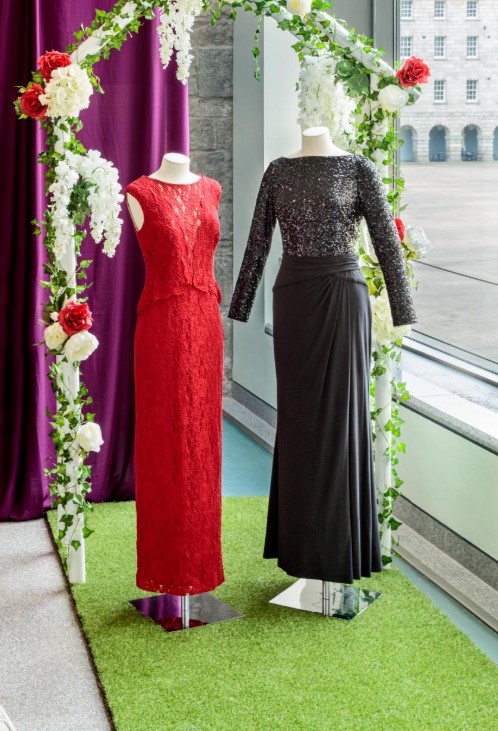
Image: Katherine Zappone and Ann Louise Gilligan’s Wedding Dresses
8. Trans Solidarity Badges, Exhibiting the Nation
Our tour concludes by discussing modern campaigns aiming to create a more open and inclusive society. Badges from the ‘Mammies for Trans Rights’ and ‘Limerick Together for Yes’ movements reflect the importance of allyship and solidarity between different groups and standing up for those who are the most marginalised in society.
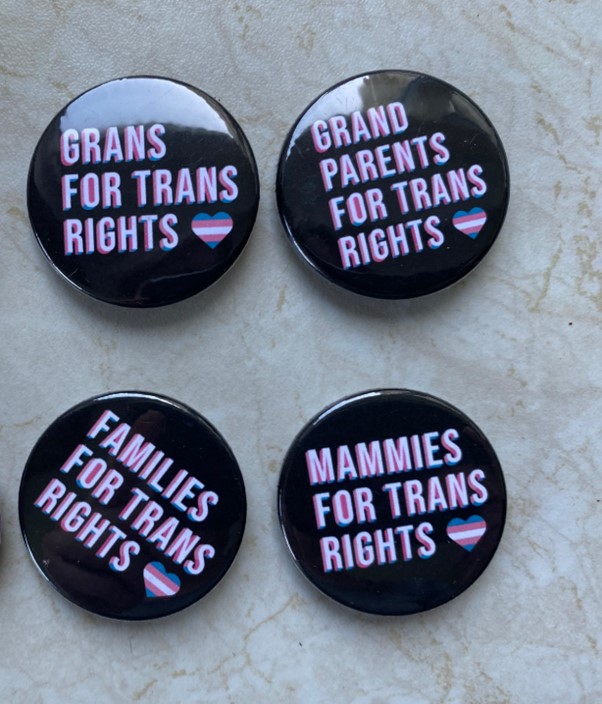.jpg)
Image: 'Mammies for Trans Right' badges
